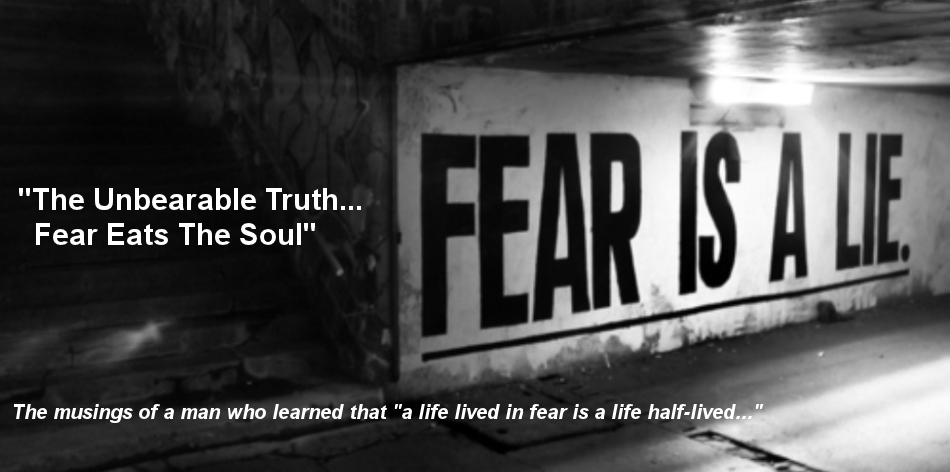 Corvino: How To Define Gay Marriage
Corvino: How To Define Gay MarriageBy John Corvino, columnist, 365gay.com
02.12.2010
Since my recent column discussing the “definitional argument” against marriage equality, I’ve learned something unsurprising:
There is no single, standard “definitional argument.” There are, rather, various definitional arguments, and part of the problem is pinning down which one our opponents intend.
In the hope of advancing the debate—or at least of showing that the moving target is indeed moving—I’d like to distinguish, and briefly respond to, four versions. I’ll give them names for convenience:
1. The “Logical Impossibility” Version:
This, in some ways, is the purest definitional argument against same-sex marriage. It is also the silliest. Here’s Alliance Defense Fund attorney Jeffery Ventrella:
“[T]o advocate same-sex ‘marriage’ is logically equivalent to seeking to draw a ‘square circle’: One may passionately and sincerely persist in pining about square circles, but the fact of the matter is, one will never be able to actually draw one.”
And again,
“The public square has no room for square circles, because like the Tooth Fairy, they do not really exist.”
Of course we don’t have room for things that don’t exist….precisely because they don’t exist. Which is why we don’t bother arguing against square circles or passing constitutional amendments banning them. It would be pointless.
By contrast, people fight same-sex marriage because it DOES exist: in five states and various foreign countries. If same-sex marriage really were like a square circle, Ventrella could simply ignore it. That he doesn’t is telling.
2. The “Obscuring Differences” Version:
This version, which is related to the first, states that same-sex relationships and opposite-sex relationships are so different that using the word “marriage” to apply to both would obscure a fundamental distinction in nature. As Maggie Gallagher puts it, “Politicians can pass a bill saying a chicken is a duck and that doesn’t make it true. Truth matters.”
Note that the objection is not that using terms this way would have bad consequences—confusing the butcher, for example—but that it would fail to divide up the world correctly. Even if nobody noticed or cared, such usage would blur a real boundary in nature.
The problem (as I argued previously) is that marriage is a human institution, the boundaries of which are drawn and redrawn for human purposes.
3. The “Bad Consequences” Version:
But what if such redrawing had bad consequences? This, I think, is the real concern driving the definitional arguments. Gallagher, for example, thinks that defining “marriage” to include gays and lesbians would ultimately erode the institution.
David Blankenhorn has similar concerns. Indeed, his own version of the argument makes the consequentialist undercurrent apparent: instead of square circles or duck-chickens, Blankenhorn asks us to imagine what would happen if the word “ballet” were used to refer to all forms of dance.
Of course redefining “ballet” that way would be bad. But that’s because doing so would frustrate human aims. If you go to the theater to see ballet and end up getting Riverdance instead, you’ll likely be upset or disappointed.
Would extending marriage to gays and lesbians frustrate human aims in a similar way? Marriage-equality opponents like Blankenhorn and Gallagher certainly think so. Specifically, they think it would sever marriage from its core function of binding children to their mothers and fathers.
But now it seems that the definitional point is no longer doing any argumentative work. The real objection here is that same-sex marriage harms society. If that’s the objection, let’s focus on it directly.
4. The Constitutional-Law Version:
There is, however, a fourth version of the definitional argument, one specifically related to the constitutional debate.
Legal advocates for marriage equality—such as Ted Olson and David Boies, who are challenging California’s Prop. 8—often argue that gays and lesbians deserve the freedom to marry because of the Fourteenth Amendment’s equal-protection and due-process guarantees. But if same-sex marriage involves CHANGING the definition of marriage, opponents contend, the Fourteenth-Amendment argument falters.
According to this version of the definitional argument, gays and lesbians are not being denied equal access to an existing institution, they are asking for an existing institution to be re-defined. There may well be good reasons for redefining it. But that is a matter for legislatures to decide, not courts.
This version is more subtle than the others, and addressing it fully requires more space than I have here. But my quick response would be that marriage caselaw over the last four decades suggests that male-female isn’t a defining element in the way this argument requires.
Consider for example Griswold v. Connecticut (1965), which affirmed the right of married couples to purchase contraceptives, and Turner v. Safley (1987), which affirmed the right of prisoners to marry. Marriage is defined by its core purposes, and those purposes do not necessarily require (actual or potential) procreation.
The fact is that same-sex couples fall in love and commit their lives to each other for better or for worse, for richer or for poorer, until death do they part.
And if it looks like a duck and walks like a duck and quacks like a duck, then legally speaking it ought to be treated like a duck.
***********
John Corvino, Ph.D. is an author, speaker, and philosophy professor at Wayne State University in Detroit. His column “The Gay Moralist” appears Fridays on 365gay.com.
For more about John Corvino, or to see clips from his “What’s Morally Wrong with Homosexuality?” DVD, visit his newly redesigned website at http://www.johncorvino.com/.

No comments:
Post a Comment
Comments may be moderated and will appear within 12 hours if approved.